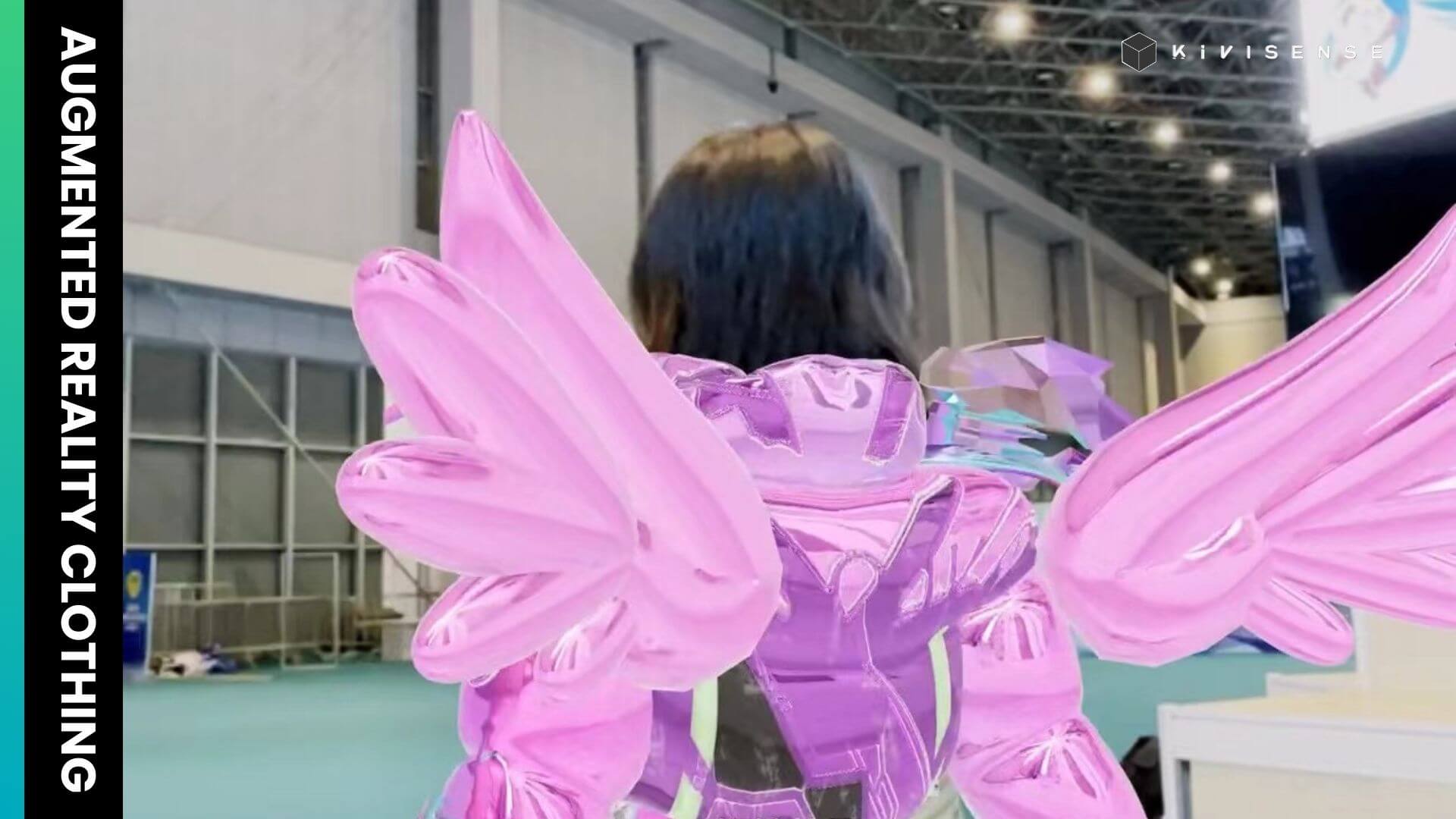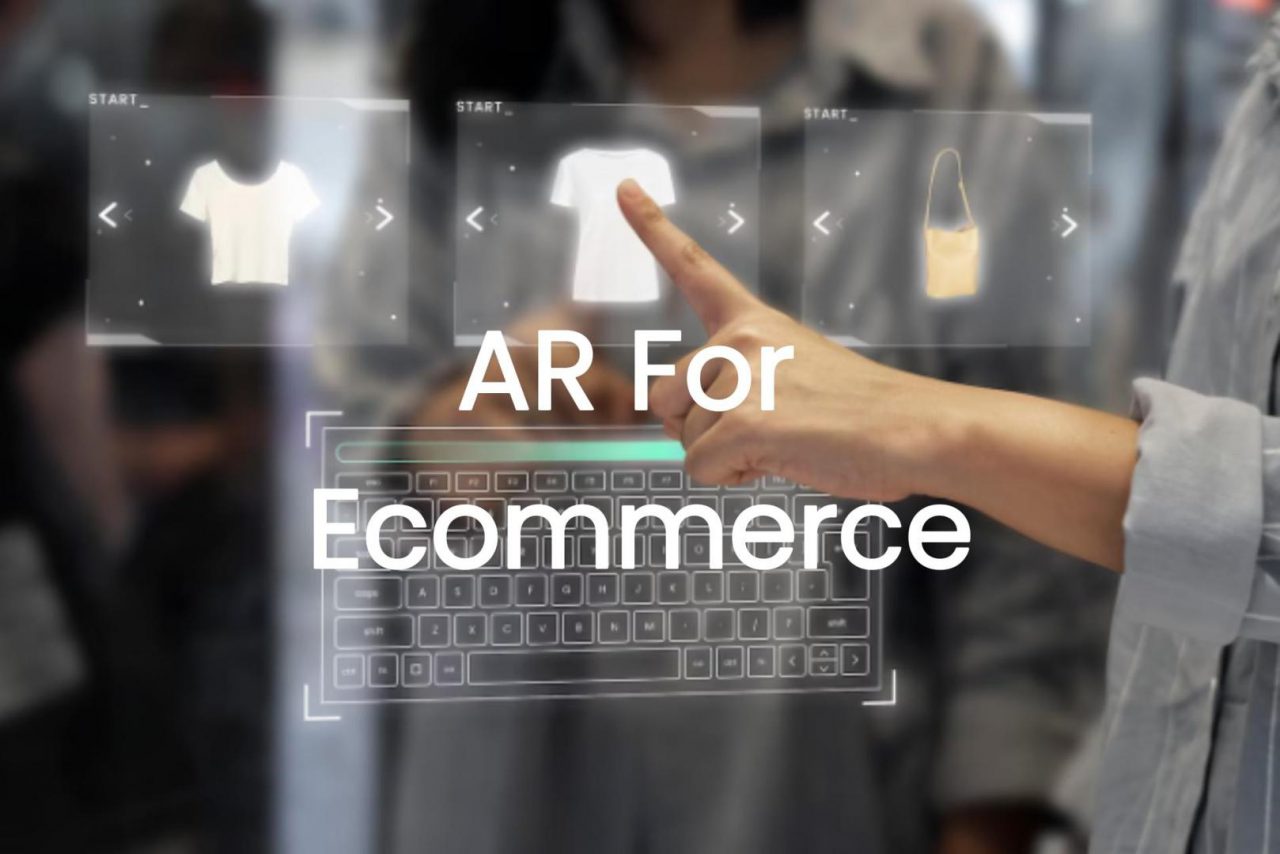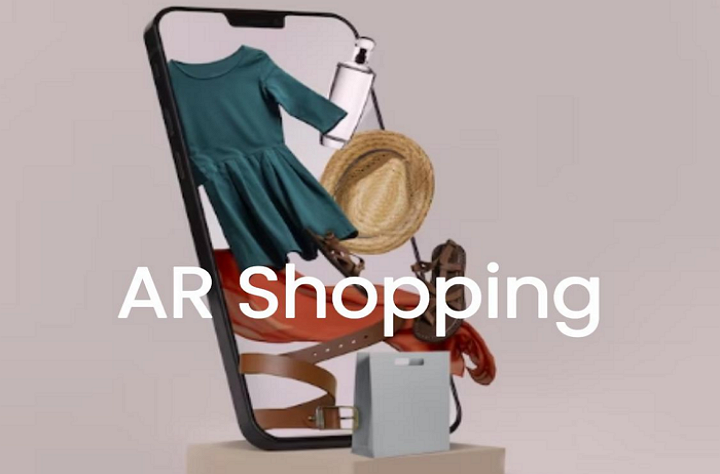Augmented reality in clothing: A new era of fashion
AR is transforming the fashion industry, especially clothing. It provides a pleasurable and engaging shopping experience. Now, brands and shoppers are both trying to benefit from the AR ad and its integration into fashion. Let’s dig deeper into how AR changes the online clothing shopping and branding game.
How AR and the clothing industry are connected
Online clothing shopping has surged in popularity, with global e-commerce fashion sales expected to reach $872 billion by 2023. Despite its convenience, one major challenge persists fit problems, which account for nearly seventy percent of returns. This frustrates customers and burdens retailers with high return costs and sustainability concerns. So what did she solve? Then, the AR online clothing experience
Unlocking the Power of augmented reality in clothing: Benefits for Everyone.
Augmented reality not only benefits the shoppers but also equally benefits brands.
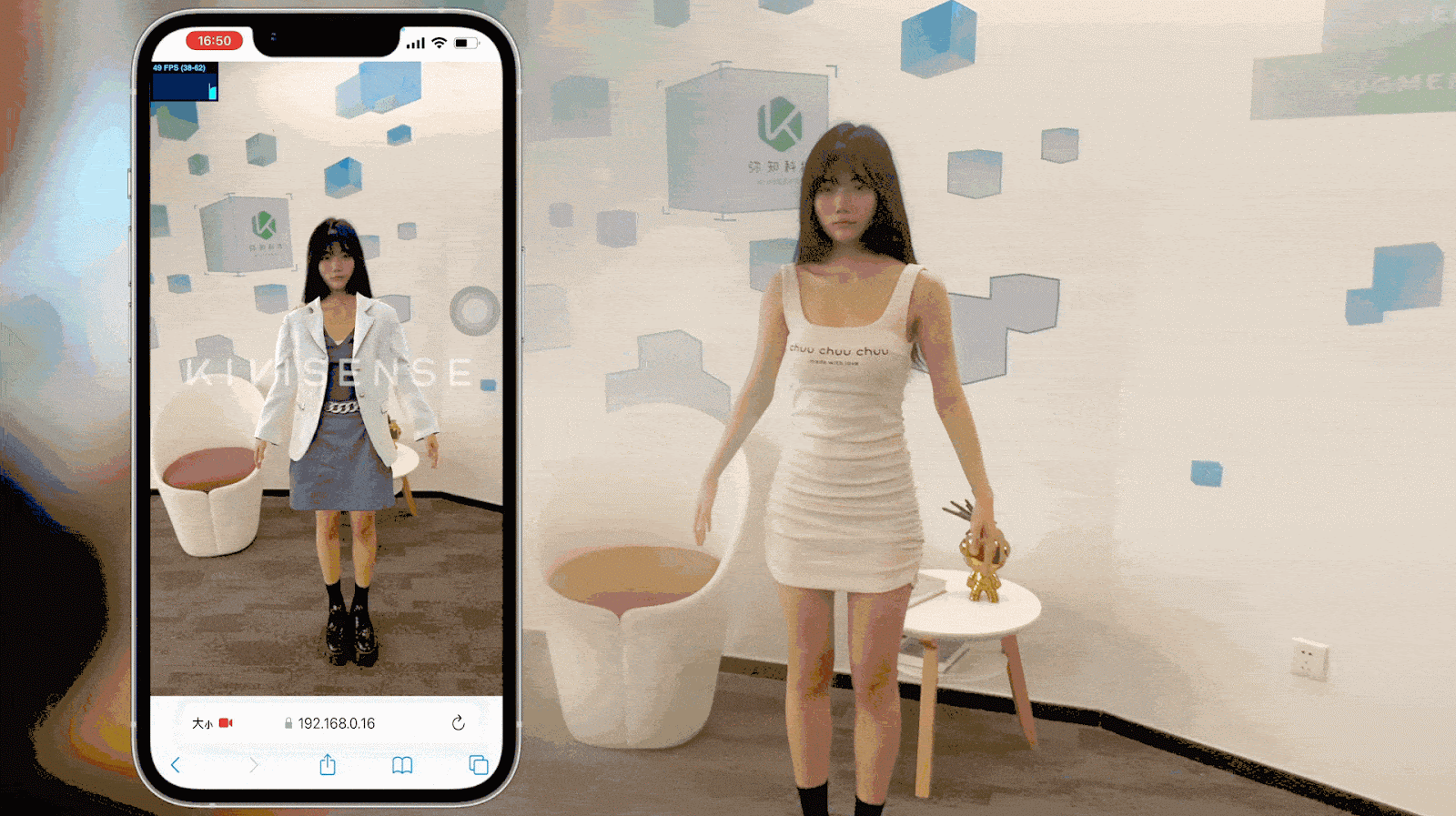
Shoppers:
Personalized fit visualization.
Fitting is a major concern when it comes to online clothing shopping. With AR apparel fitting, customers can virtually try on clothes using their smartphones or virtual try-on apps. Customers can look at themselves through virtual fitting rooms through the brand’s AR app. They can select different clothing items and see how they fit and look on them in real time. According to the article, these virtual fitting rooms are gaining so much popularity. How clothes look, technology blends the convenience of online shopping with the certainty of in-store fittings.
Engaging and Immersive Shopping
Clothing shopping become more engaging and immersive due to AR. Try before you become the hottest trend, and shoppers will enjoy this VR experience. According to research, AR product experiences are Two hundred percent more engaging as they deliver double the levels of engagement compared to their non-AR equivalent. Shoppers enjoy trying products like clothes and love seeing themselves in different avatars. The future of virtual try-on technology looks promising. According to Fortune Business Insight, the market for virtual fitting rooms alone is projected to grow from $3.5 billion in 2021 to $12.97 billion in 2028.
Brands:

Innovative brand storytelling.
Storytelling becomes easy but creative due to the AR. AR gives endless possibilities to the brands to make their branding story a game changer. Showcase products in a realistic and interactive manner. This is particularly useful for products that are complex or difficult to demonstrate in real life. With VR, customers can interact with the brand’s story in a way that is not possible with traditional media. This interaction can create a stronger emotional connection with the brand. By crafting emotionally resonating VR stories, brands can build stronger connections with their audience.
Efficient inventory management.
AR can improve inventory tracking by overlaying real-time data onto the physical environment. Warehouse workers can use AR-enabled devices like smart glasses to see real-time information about inventory levels, locations, and statuses.
AR systems can integrate with inventory management software to provide real-time stock updates.
Sustainable Fashion Practices
Augmented Reality (AR) can play a significant role in promoting sustainable fashion practices by enhancing the shopping experience, reducing waste, and encouraging mindful consumption. AR can enable customers to visualize customized clothing designs before they are made. This reduces the need for mass production and excess inventory.
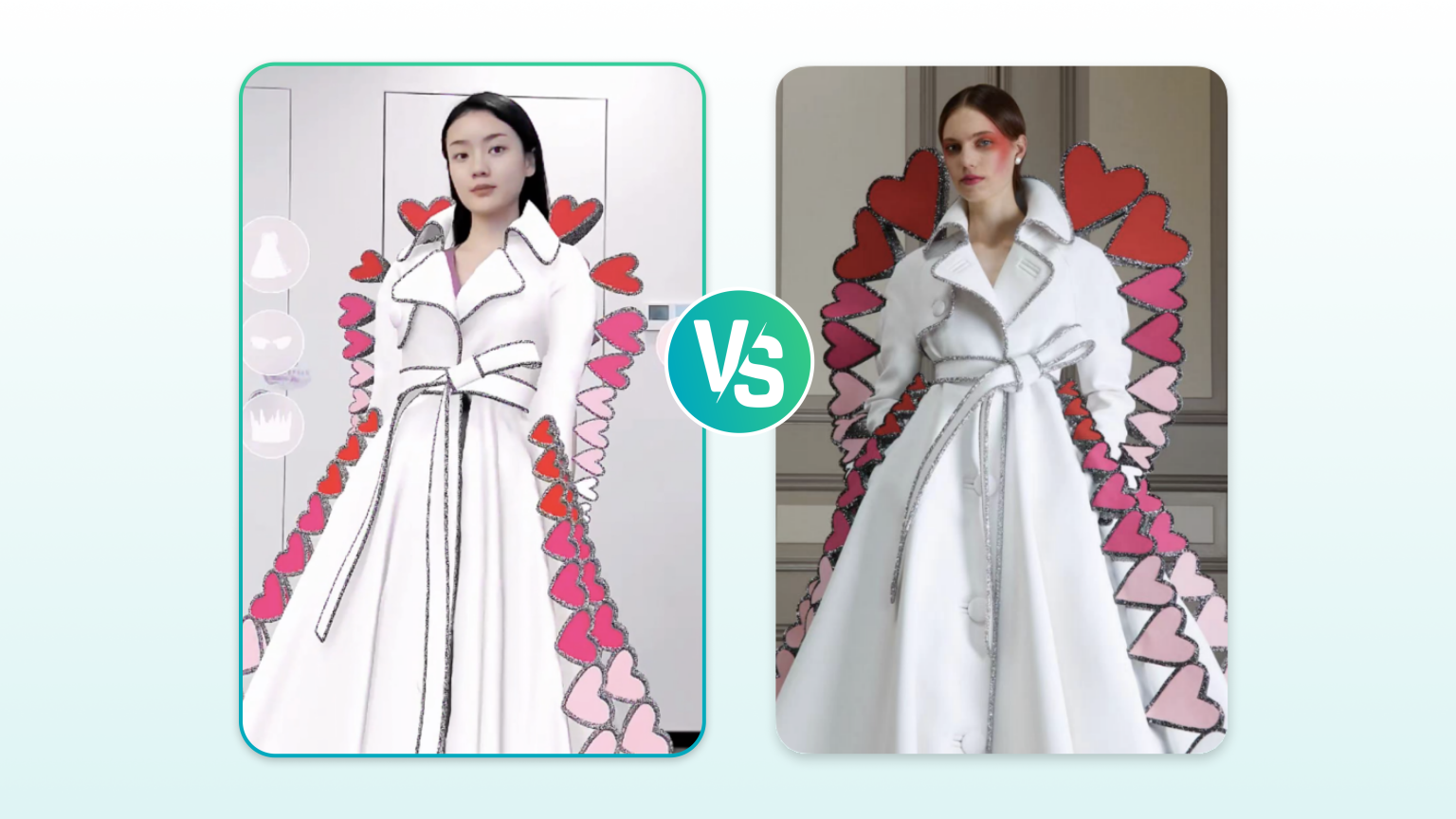
source: AR Try-on & Model Shoot, powered by Kivisense
AR clothing solutions
Virtual clothing showrooms
Different clothing brands are using virtual clothing showrooms. People can visit these virtual paces and interact with collections. No need to step out of your home. Shoppers can inspect the detailed 3D models of each item. Brands can get an audience or prospective customers around the globe by making their collection accessible through these virtual showrooms. Virtual try-on apps are the icing on the cake.
Augmented reality mirror
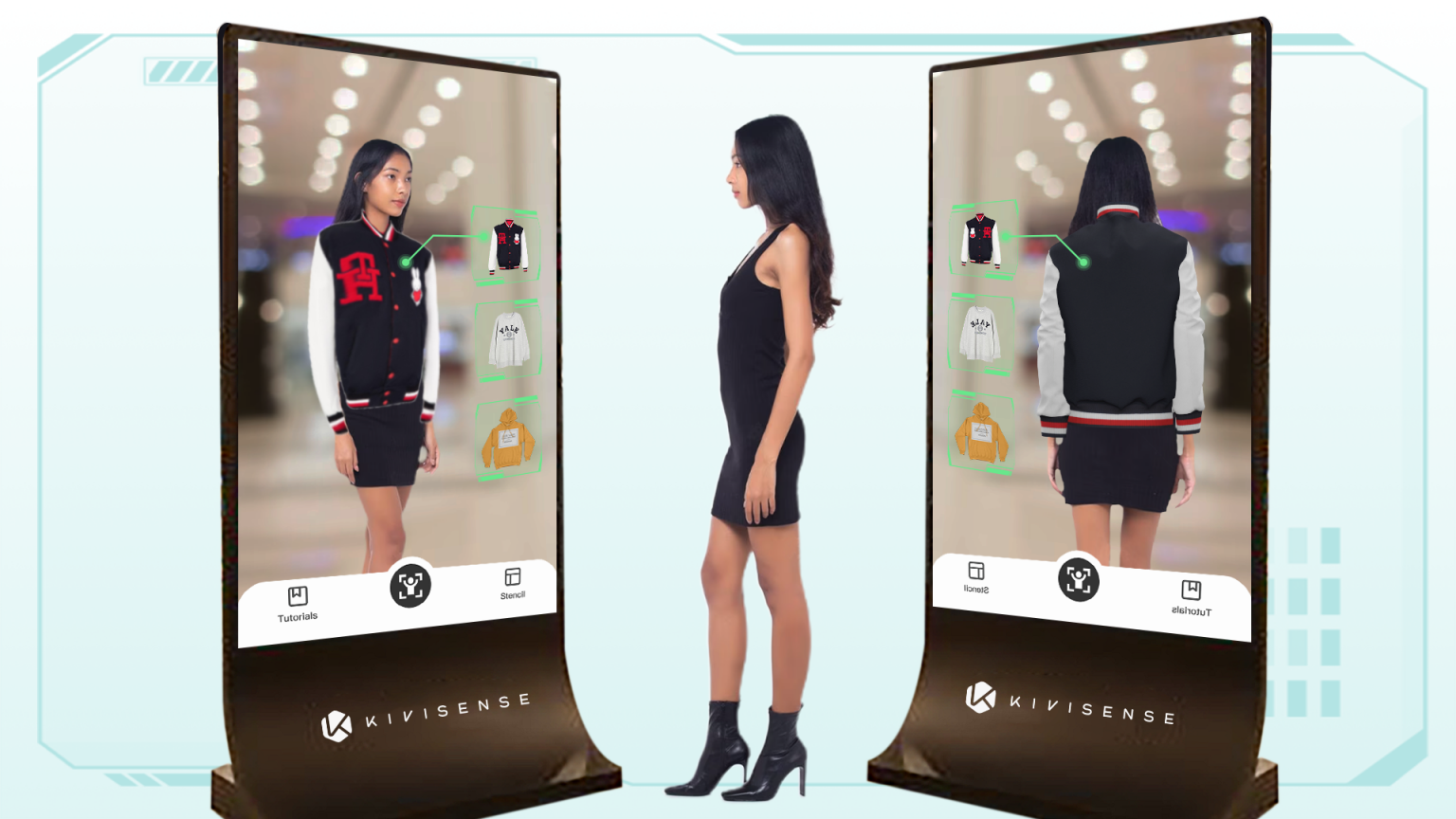
It is an innovative concept that fills the clothing shopping experience with excitement and interactivity. It is a radical way to assess an individual’s body shape and seamlessly overlay virtual clothing. When a shopper brings a cloth in front of the virtual mirror, the mirror scans the cloth and body of the user. So, the user gets a 360-degree view of the outfit from different angles.
It is also helpful in the customization of clothes and makes online clothing shopping more personalized.
Virtually try on various outfits and explore different styles, all with the convenience of a mirror.
According to Forbes News, AR Mirrors will soon become a mainstream part of offline retail for all industries. Many clothing brands are using virtual magic mirrors in their physical stores, too.
Virtual tailor
It is such a great option for picky shoppers who always struggle to find the perfect fit and destiny.
This cutting-edge technology allows for real-time adjustments of 3D clothing, automatically adapting to the wearer’s size, so there are no more fitting issues. Customers can select fabrics, colors, and designs through a virtual interface. Moreover, customers can make changes to their design and can look at how these changes will appear or how the dress will look after changes.
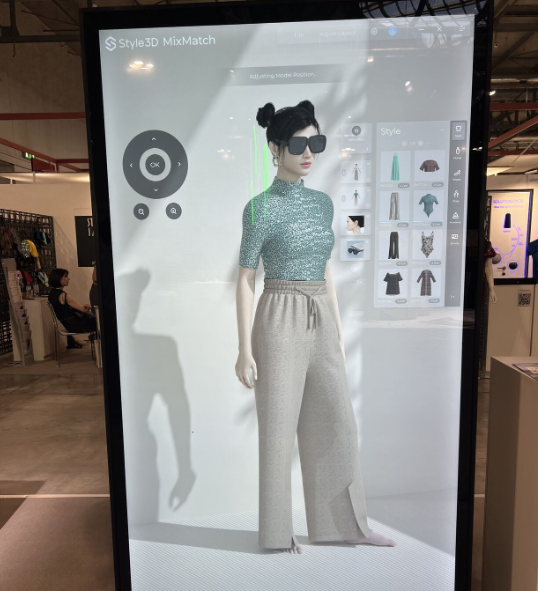
source: Linkedin, style3D
AR in clothing: Dressing up the Digital World
Tommy Hilfiger Levels up his clothing brand game. It has integrated AR into its mobile app to enhance the shopping experience. The app allows customers to try on clothes virtually using AR technology. Users can see how different styles and sizes look on them, making it easier to choose the right clothes. This reduces the likelihood of returns and enhances customer satisfaction by providing a realistic visualization of the Product.
Canada Goose
Kivisense, a Sino-French joint venture, focuses on AR solutions in E-commerce and marketing. They offer feasible AR clothes try-on solutions. It enabling consumers to see the style, fit, shape, and size of garments before buying. Canada goose launched their winter collection by introducing a virtual showroom.
Craft Your Own AR Clothing Experience: A Step-by-Step Guide
Make clear objectives and set and know your audience
Clear objectives can lead you to get your desired results. So, you must know why you are getting into AR clotting. Who is your target audience, and how much are they tech-savvy?
Choose the right AR platform.
Do some market research and choose the AR platform that meets your AR needs. For example, ARK is for Apple devices, and ARcoren is for Android.
Develop a user-friendly AR try-on
If you have a team of professional developers who know your broad vision and understand your AR needs, then well and good. Develop a user-friendly AR app or upgrade the existing AR app with the latest runs. Moreover, you can contact professionals like Kivisense.
Set up a virtual fitting room
It is the star of the show. It will allow users to try clothes virtually and this will increase their interest and engagement. Allow users to customize their clothes according to color design and fabric preferences.
Launch your AR clothing brand App
You can launch your app after test and trails. In the testing phase, you can know the shortcomings or errors. It will make shopping more engaging and immersive for your clients. It will help you get data on your customers’ interaction with your clotting products and how they spend time on the app.
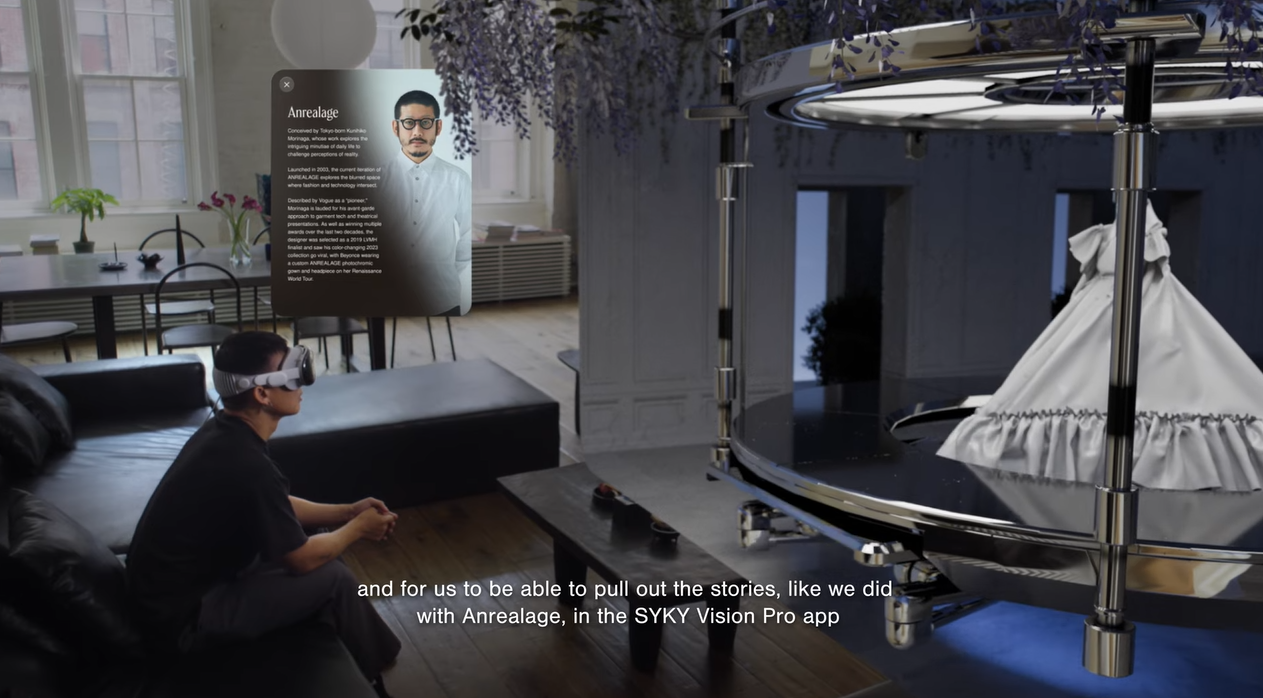
source: Linkedin, SYKY
The Future of Fashion is Augmented: A Glimpse Ahead
- The future of fashion is augmented and one of the most exciting developments is the advent of virtual fitting rooms, now made even more immersive with devices like the Apple Vision Pro. This technology allows users to virtually try on clothes from the comfort of their homes. Every day, there are new advances in AR technology related to online clothing shopping.
- Both online and physical stores can benefit from AR technology.
- Physical stores can use smart screens. Customers can visualize themselves in front of a smart screen and decide on what fits them without physically trying the Product.
- Virtual three dimensional fashion shows are making their way. Designers are adopting this trend to showcase their latest collections.
- AR will make fashion more accessible globally, allowing users from anywhere to experience the latest trends and collections without geographical limitations.
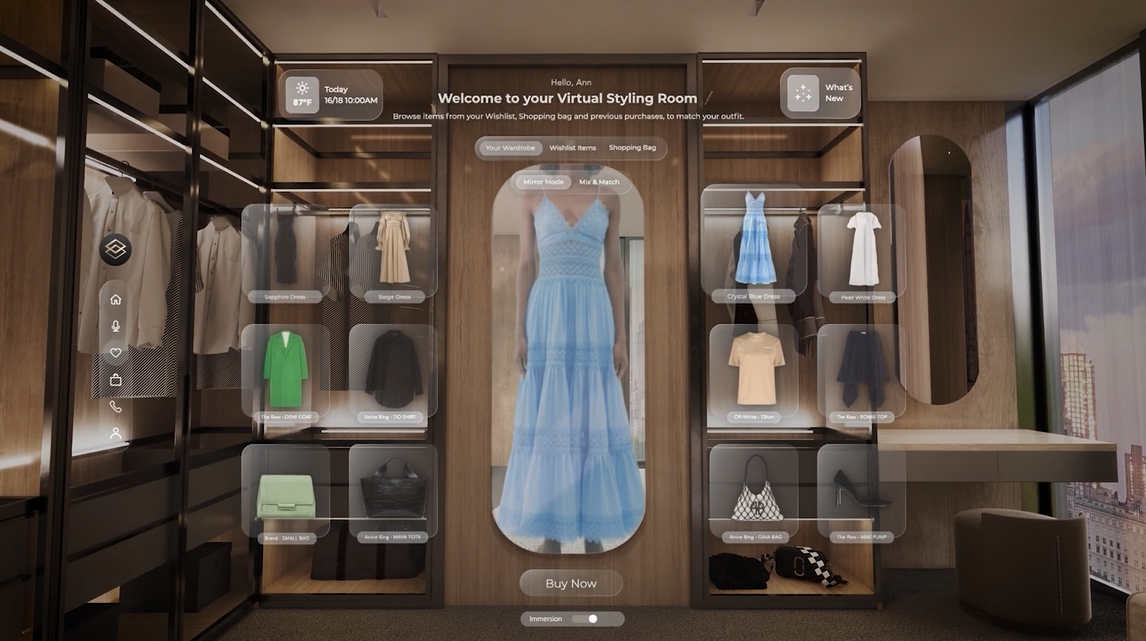
Conclusion
The world of fashion, especially clothing, belongs to AR and continues to reshape the fashion landscape. The industry moves towards a future of more personalized, efficient, and eco-friendly shopping experiences. So, if you are also a clothing brand owner and want to level up your branding game, then come to Kivisense. They provide AR solutions to increase customer engagement. Kivisense’s feasible AR clothes try-on solutions can be embedded into multiple platforms, including the Web, App, Shopify, Boutique store, etc.

